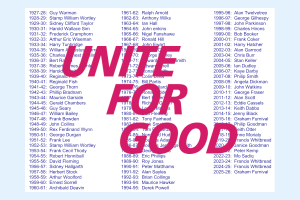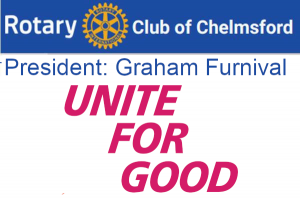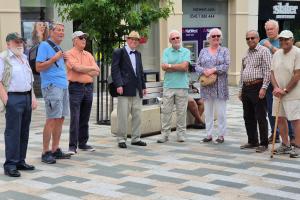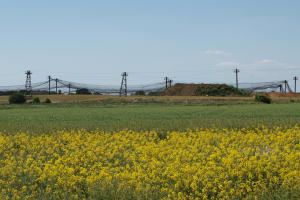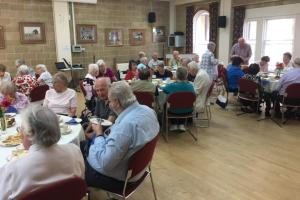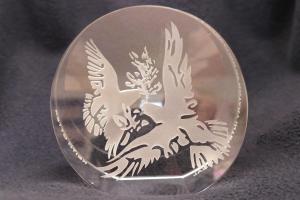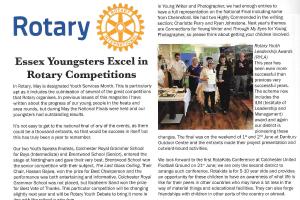Rtn Keith Dabbs: Three of my teachers
Thu, Feb 9th 2023 at 12:45 pm - 2:15 pm
Some remembered figures from Keith's schooldays. This meeting will be held at the Chelmsford Rugby Club.

Today member Keith Dabbs spoke about three of his teachers.
At his first school he was taught by a lady called Connie Rosen. A few years later, when he was in grammar school, a younger boy went up to him and told him “My mum taught you in primary school”. That boy was Michael Rosen, who went on to become a famous children’s author, his books including “We are Going on a Bear Hunt”.
He also mentioned one of the PE teachers he had at secondary school who had an unusual name. Some forty years later he was watching The Antiques Road Show when he saw the same name among the credits. He wondered whether it could be his old teacher. At a school reunion a few years later he was told it was the same person. The teacher had left teaching and eventually became part of the antiques trade. In a sense he was still teaching, though, as his job on The Antiques Road Show was to instruct the volunteers in their duties, and particularly how to direct those coming with antiques to the right expert.
Keith devoted most of his talk to the headteacher at his grammar school, Harry Raé. He did not learn Harry Raé’s history until long after he left school, when he came across a book by Harry’s son, Jonathan Raé, describing his father’s exploits in the Second World War.
Harry Raé originally joined the army but found his life there rather boring. When there was a call for men with knowledge of France, Belgium or the Netherlands he put his name forward and, after passing a series of tests, was transferred to the Special Operations Executive (“SOE”).
There he was given further training. These included parachute jumping, explosives and sabotage. 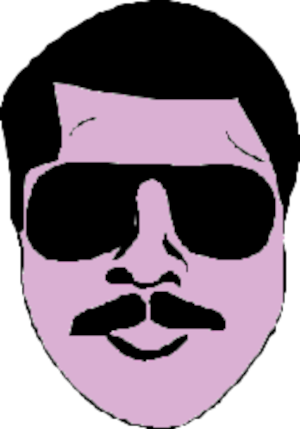 He was to be parachuted into occupied France, so an important part of the training was to make sure that he could pass as a Frenchman, even if it did mean smoking Gauloises.
He was to be parachuted into occupied France, so an important part of the training was to make sure that he could pass as a Frenchman, even if it did mean smoking Gauloises.
He was dropped into occupied France by night along with a SOE radio operator. Owing to a delay in the drop they did not descend into the field where members of the French resistance were waiting for them but in one some distance away. They both landed safely but unfortunately the radio operator’s parachute became entangled in a tree, where it would give away their landing position. They tramped across country for two days to link up with their contacts.
Harry Raé was then smuggled to the northern part of France near the Swiss border, where he would be liaising with the local resistance. He did not take a direct part in their operations but gave them training and instructions.
Life was dangerous. To avoid discovery he moved every few days. He would cycle along country lanes as the main routes were likely to have German patrols.
He operated in this way for about eight months until he was due to visit a member of the resistance called Jean. The door was opened, not by Jean but by a German officer who pointed a gun at him. The officer interrogated him, while Harry tried to maintain his cover as an innocent Frenchman. Eventually he said he was getting dry and asked permission to drink a glass of wine, which the officer granted. Harry poured two glasses and then smashed the bottle over the officer’s head. He stunned the officer enough to make good his escape but in the process was shot in the leg and the chest.
He couldn’t cycle but managed to get back to the French resistance. He was treated by a sympathetic French doctor but told he needed hospital treatment. The resistance smuggled his across the border into neutral Switzerland, where he was treated in a Swiss hospital.
There was a risk that the Germans would find him in Switzerland, so he was smuggled back into northern France and then down through German-occupied and Vichy France into Spain. Spain was theoreticalyy neutral but was known to favour the Germans. He made his way quietly through Spain and into Gibraltar. From there he was flown back to England. He spent the rest of the war in Whitehall until it was safe for him to return to France.
'What We Do' Main Pages:
